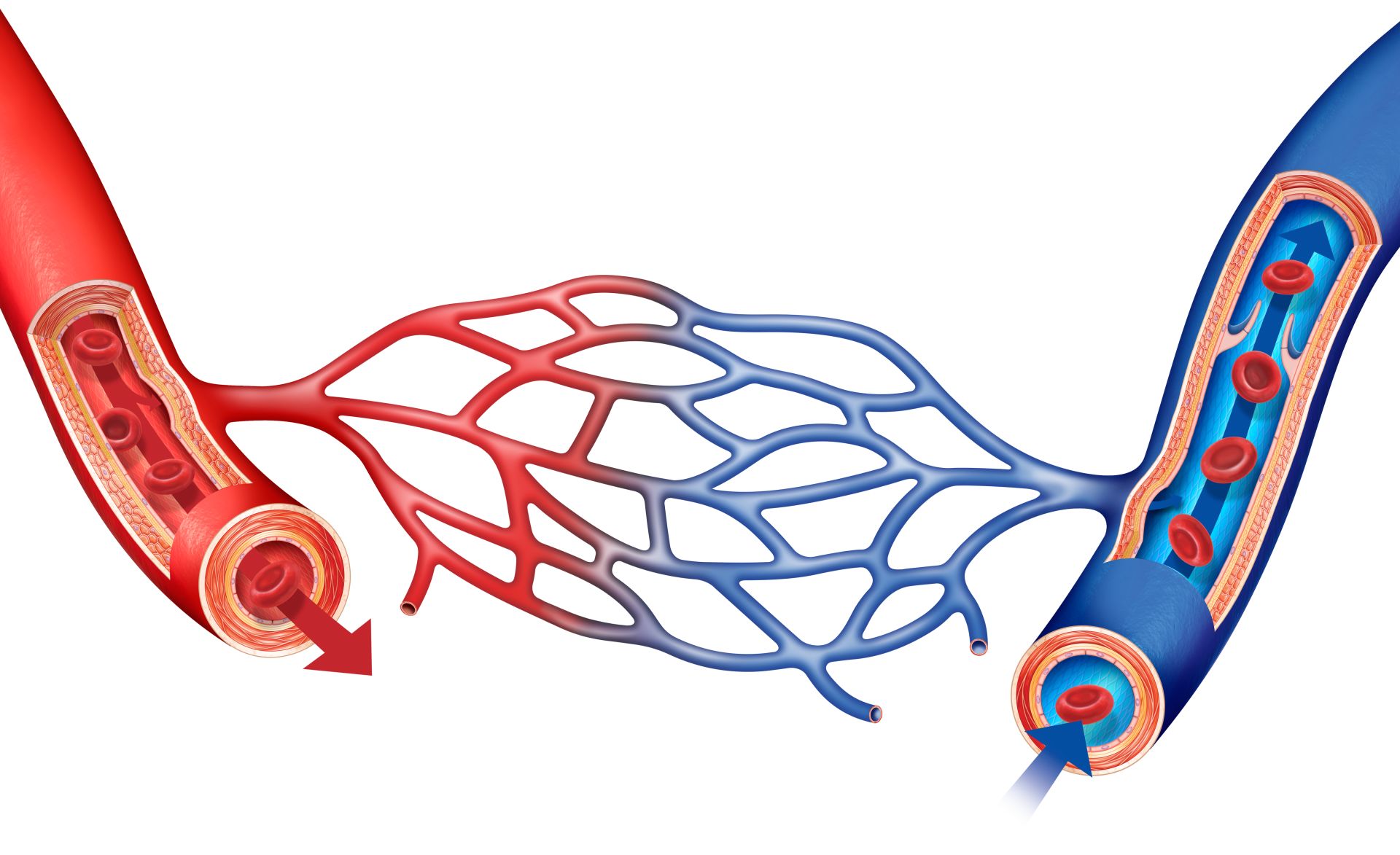In which chamber of the heart is oxygenated blood coming from the lungs collected?
Left Atrium
Blood cells make their way through a capillary...
Hint: what is the diameter of a capillary relative to a blood cell
one cell at a time
What does the body use to control the heartbeat?
I. Adrenaline II. Pacemaker III. Nerves from brain
A. II and III only
B. I and II only
C. I, II and III
D. I and III only
c. all
Congrats to the lucky team for getting a 100 free points ;)
Although to gain an additional 100 points, tell us what is the term that refers to the narrowing of the lumen in atherosclerosis?
Stenosis is the reduction of the lumen’s diameter
Who was the person who came up with the modern model of the circulatory system?
William Harvey
What is the role of the coronary artery?
It provides the heart with oxygen and nutrients
What is a property of arteries?
a. Arteries have elastic walls
b. Arteries have valves
c. All arteries carry oxygenated blood
d. Arteries receive blood from the Atria
a. Arteries have elastic walls
What is the role of the SA node and AV node?
The SA (sinoatrial) node generates an electrical signal that causes the upper heart chambers (atria) to contract. The signal then passes through the AV (atrioventricular) node to the lower heart chambers (ventricles), causing them to contract, or pump.
Explain the root causes of atherosclerosis
Accumulation of plaque due to sedimentation of lipids and cholesterol.
Name the components of blood.
1. Plasma
2. Red Blood Cells
3. Buffy Coat (white blood cells and the platelets)
True or False: The vena cava collects oxygenated blood into the left atrium.
False. They collect deoxygenated blood into the right atrium.
What structure transports gas and nutrients from the blood vessels to the surrounding tissues?
The Capillaries
The adrenal gland secretes a hormone that changes the heart beat. What is this hormone called and how does it modify the heart beat?
Epinephrine - Increases the heart rate
Explain why heart attack or stroke is inevitable if untreated/unmonitored in cardiac diseases such as atherosclerosis and hypertension.
Its the nature of these diseases to cause narrowing of the arteries which increases the risk for a blood clot blocking blood flow.
Name the three functions of the circulatory system.
1. Transportation of nutrients, gases, hormones, and wastes
2. Regulation of temperature
3. Protection and Repair
What valve is found between the left atrium and left ventricle?
Bicuspid Valve/Mitral Valve
Which of the following is true about the human circulatory system?
a. Veins have a higher blood pressure than arteries
b. The pulmonary artery and vena cava both carry deoxygenated blood
c. Valves are found in arteries and veins but not capillaries
b. The pulmonary artery and vena cava both carry deoxygenated blood
List in order the four locations through which an electrical signal is transmitted in the heart.
1. SA node
2. AV node
3. Bundle of HIS
4. Purkinje fibres
What blood pressure leads to a diagnosis of high blood pressure or hypertension?
Anything measuring over 140 mmHg / 90 mmHg.
What was Galen's belief concerning the systems of arteries and veins?
He believed that arteries were part of a completely different blood system than veins and that the 2 of them were connected through invisible pores.
Outline the pathway of blood, starting from when deoxygenated blood enters the heart, up to when oxygenated blood exits the heart.
Deoxygenated blood enters the right atrium through the vena cavae. Then, it goes into the right ventricle, from where it is pumped out to the lungs through the pulmonary trunk. After being oxygenated, the blood is transported into the left atrium via the pulmonary veins. The blood then enters the left ventricle, after which it leaves the heart via the aorta.
Label the three main types of blood vessels

(175).jpg)
You have an individual who desires to know if they are within the healthy range for heart rate. You grab their wrist (with prior acknowledgement of respectful consent) and glance at your diamond Rolex to start count. In 15 seconds you have counted 19 heartbeats.
What is the resting heart rate of your patient? Do they have a healthy heart rate?
76 beat per minute
19 x 4 = 76
OR 19 x 60 /15 = 76
Yes. It is healthy.
Coronary heart disease is a type of heart disease where the arteries of the heart cannot deliver enough oxygen-rich blood to the heart. It is the leading cause of death in the United States. There are eight distinguished risk factors for this disease. List at least three of these factors.
hint- you were provided with an acronym for this in the powerpoint.
Remember A GODDESS kills
Age, Genetics, Obesity, Diseases, Diet, Exercise, Sex, Smoking
[explanation below]
Age – Blood vessels become less flexible with advancing age
Genetics – Having hypertension predispose individuals to developing CHD
Obesity – Being overweight places an additional strain on the heart
Diseases – Certain diseases increase the risk of CHD (e.g. diabetes)
Diet – Diets rich in saturated fats, salts and alcohol increases the risk
Exercise – Sedentary lifestyles increase the risk of developing CHD
Sex – Males are at greater risk due to lower estrogen levels
Smoking – Nicotine causes vasoconstriction, raising blood pressure
How was Galen's theory on the production of blood proven wrong?
Through a series of experiments, William Harvey found that the volume of blood that is pumped every beat is too high for it to be able to be produced by the liver.